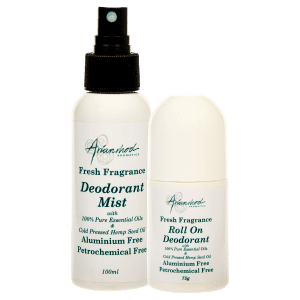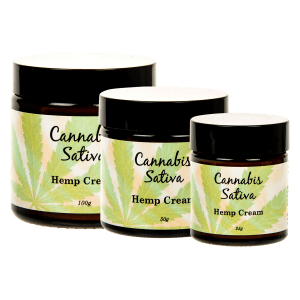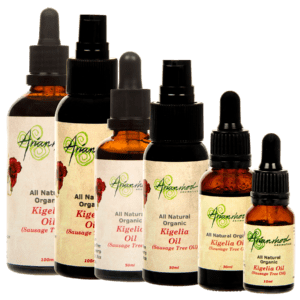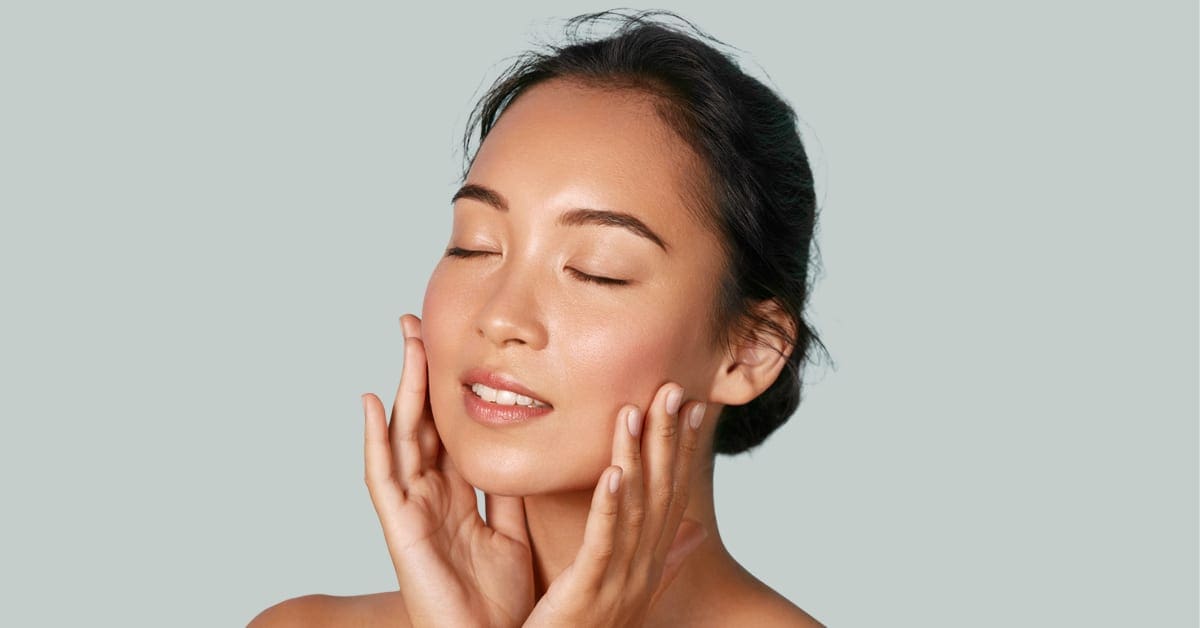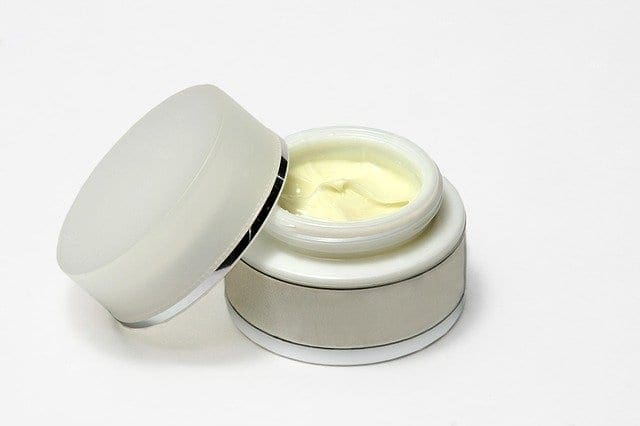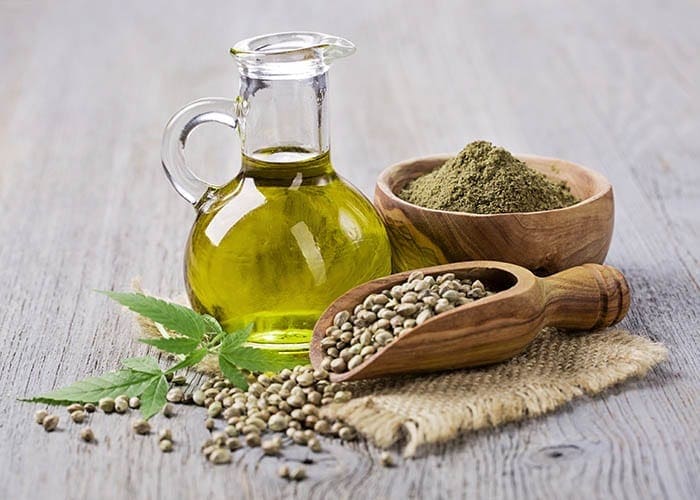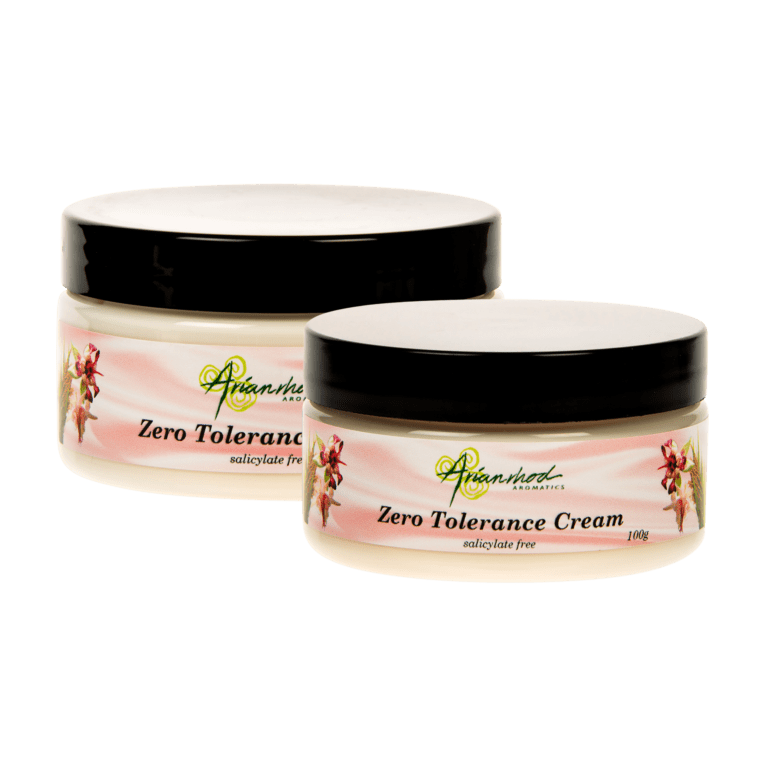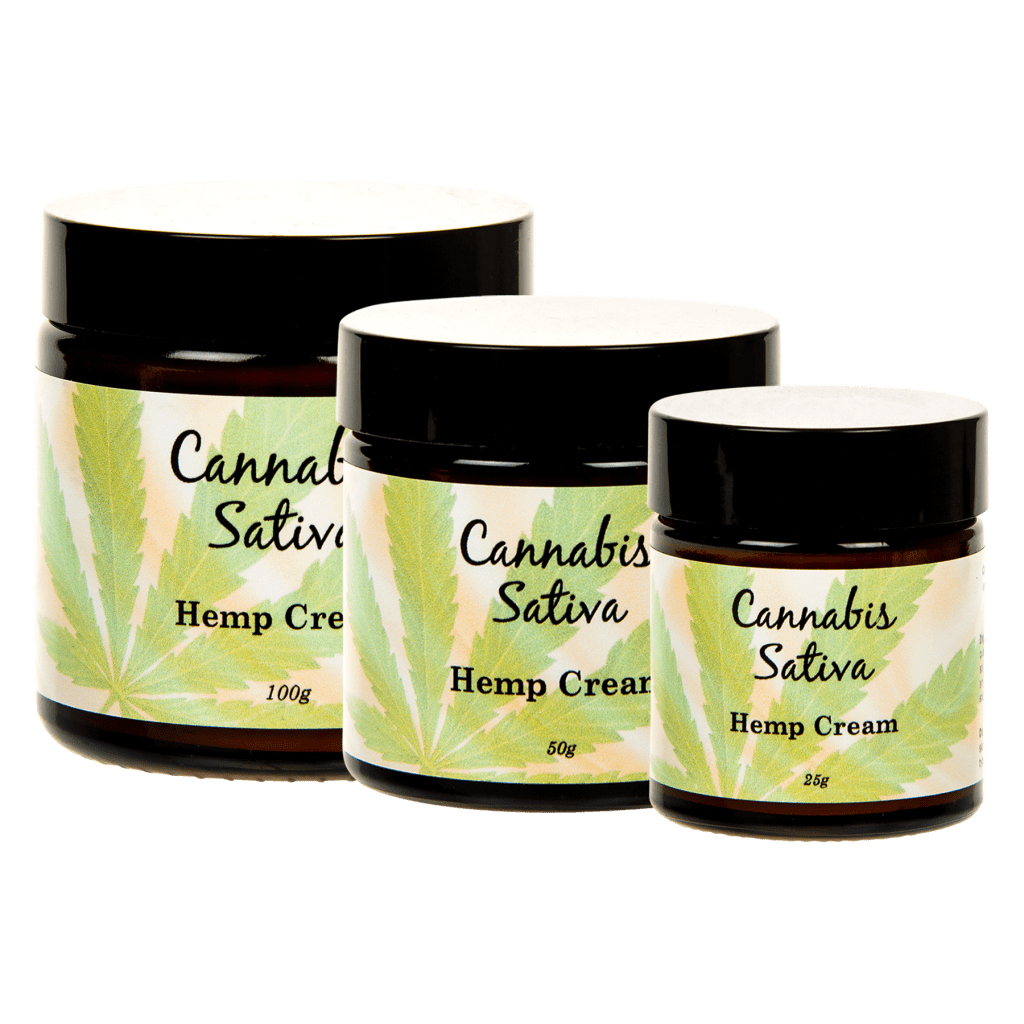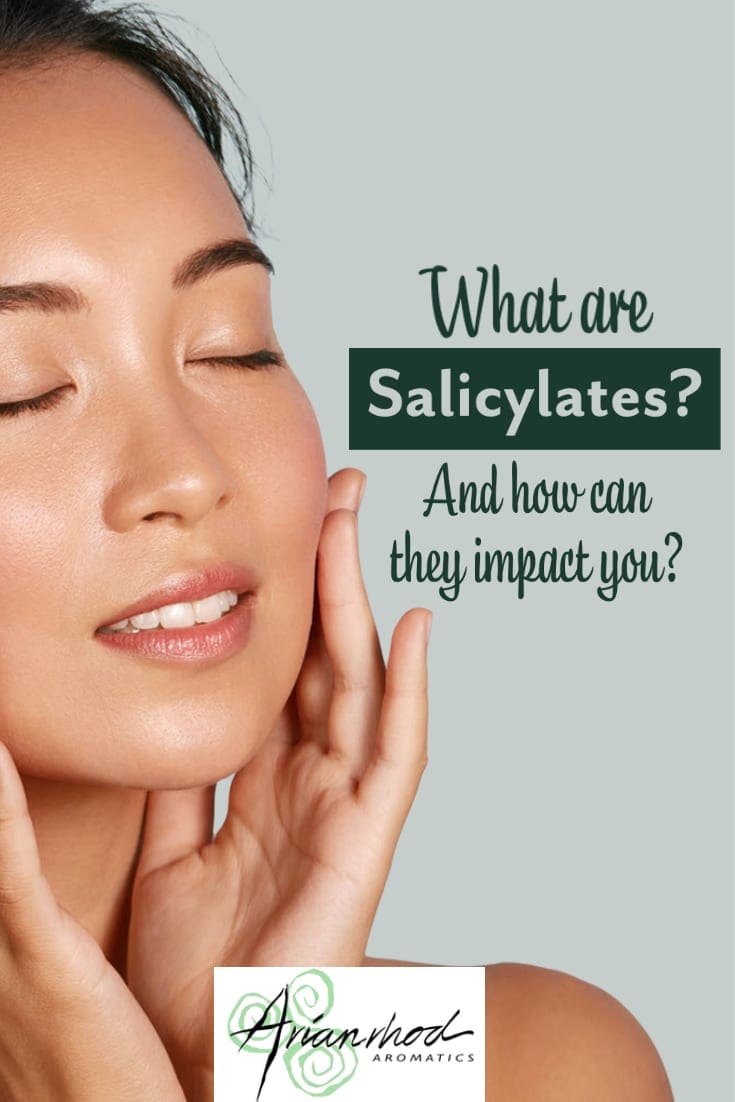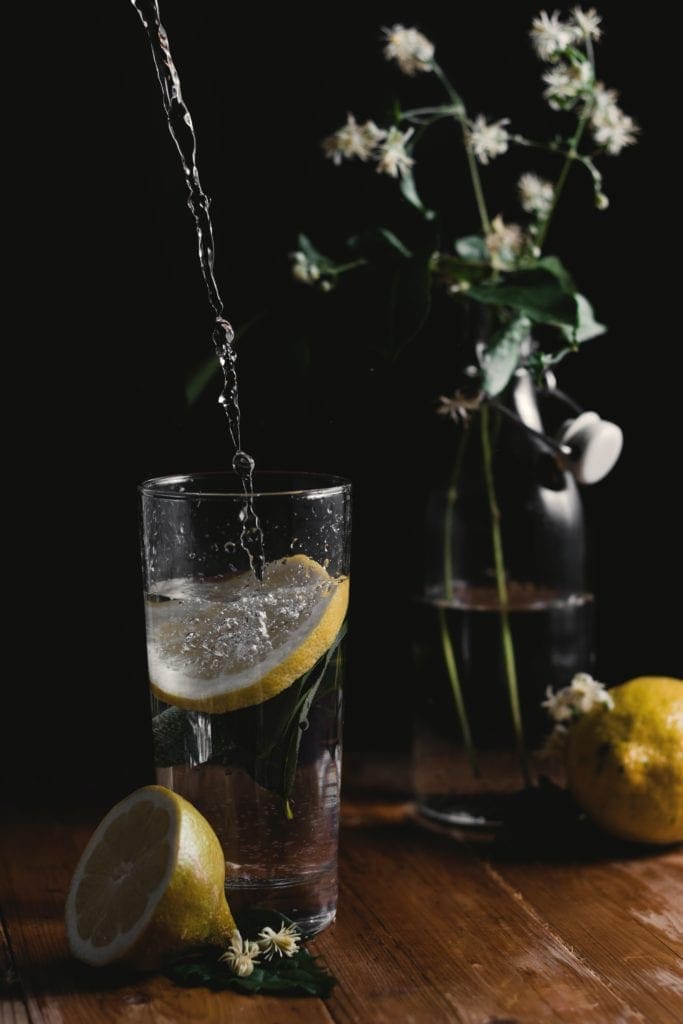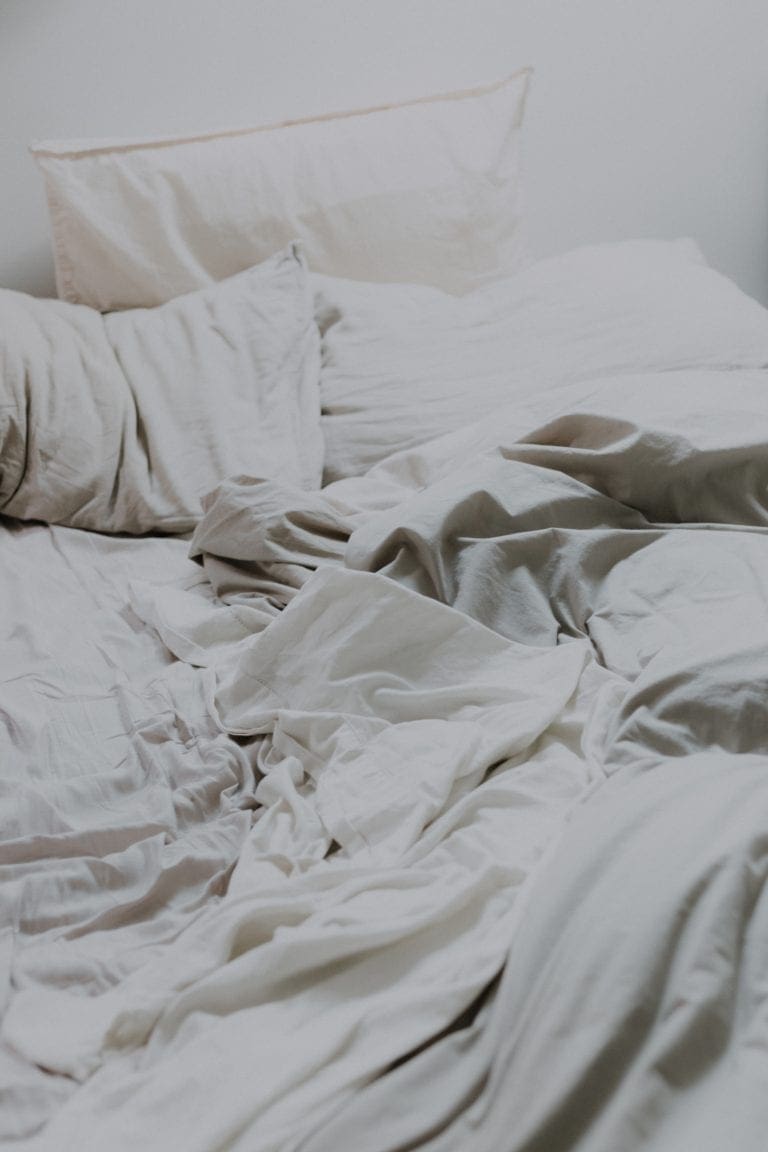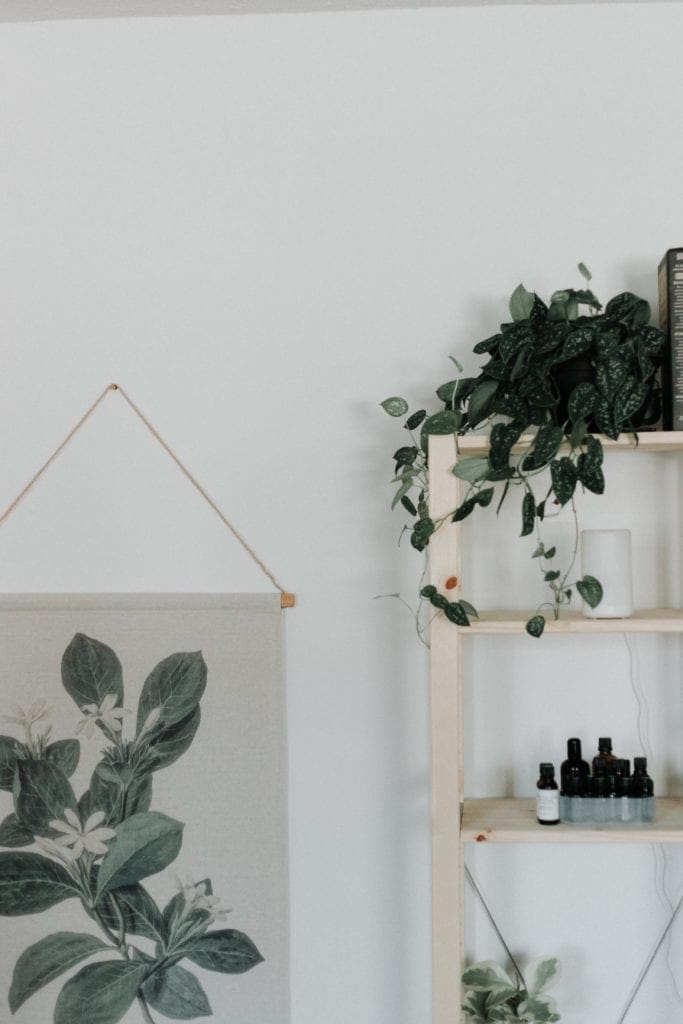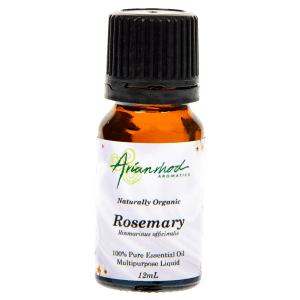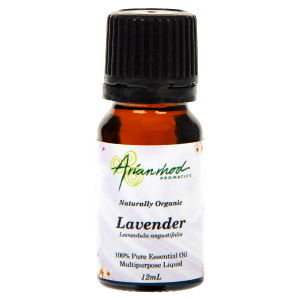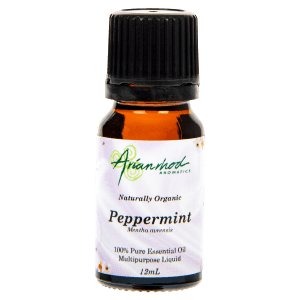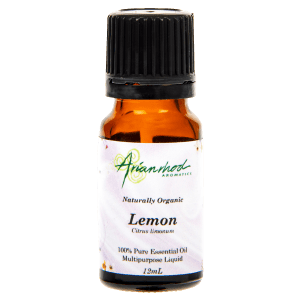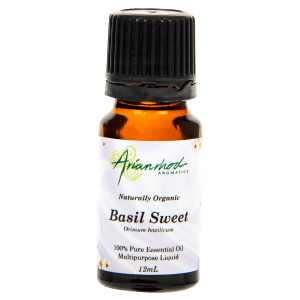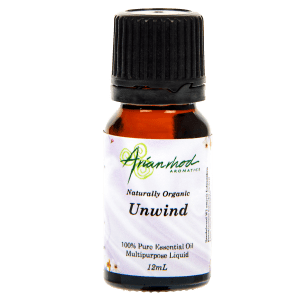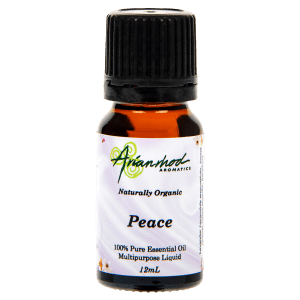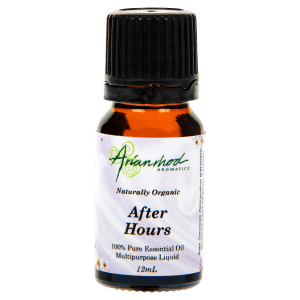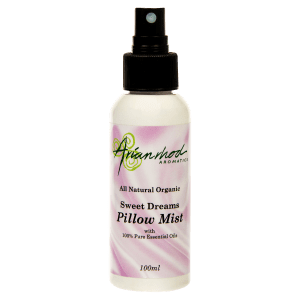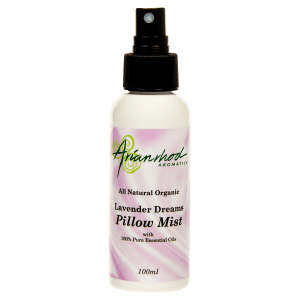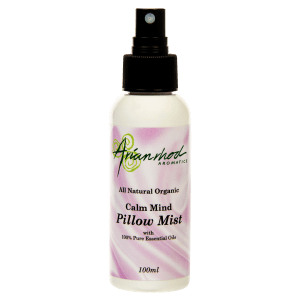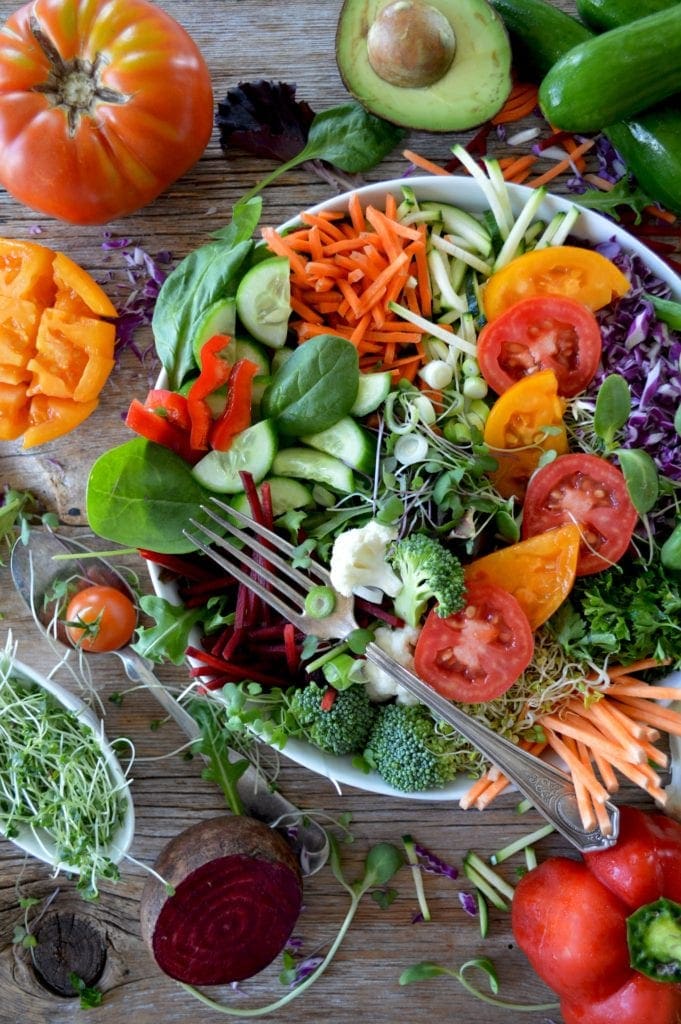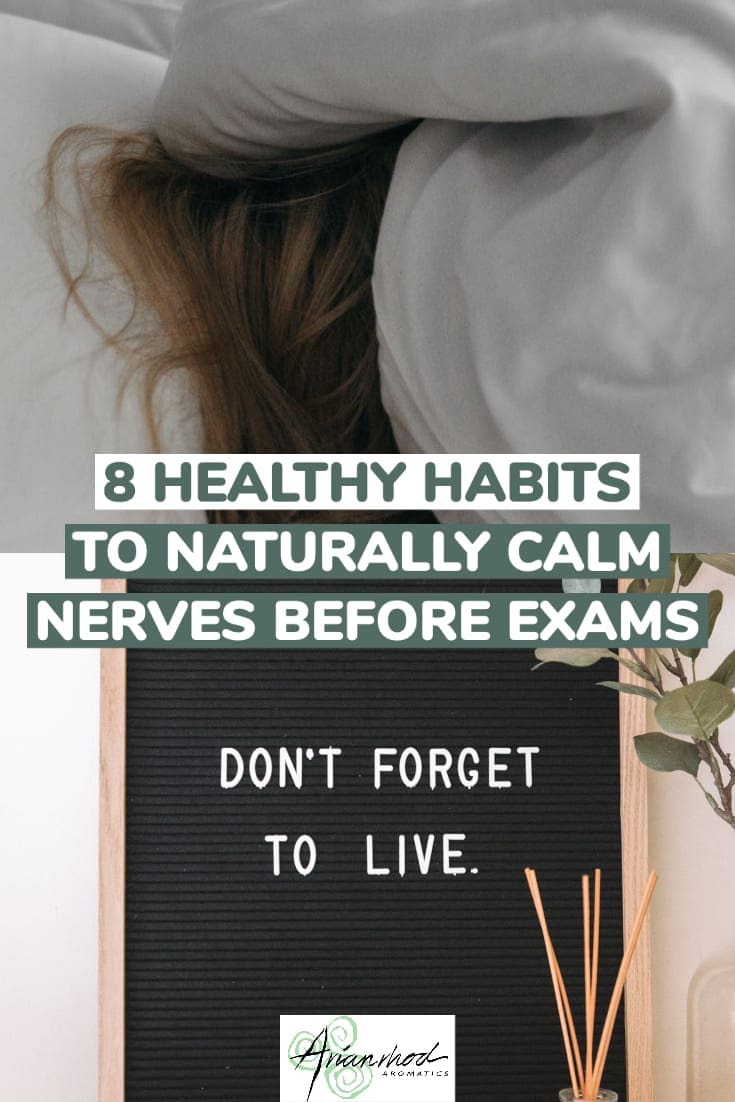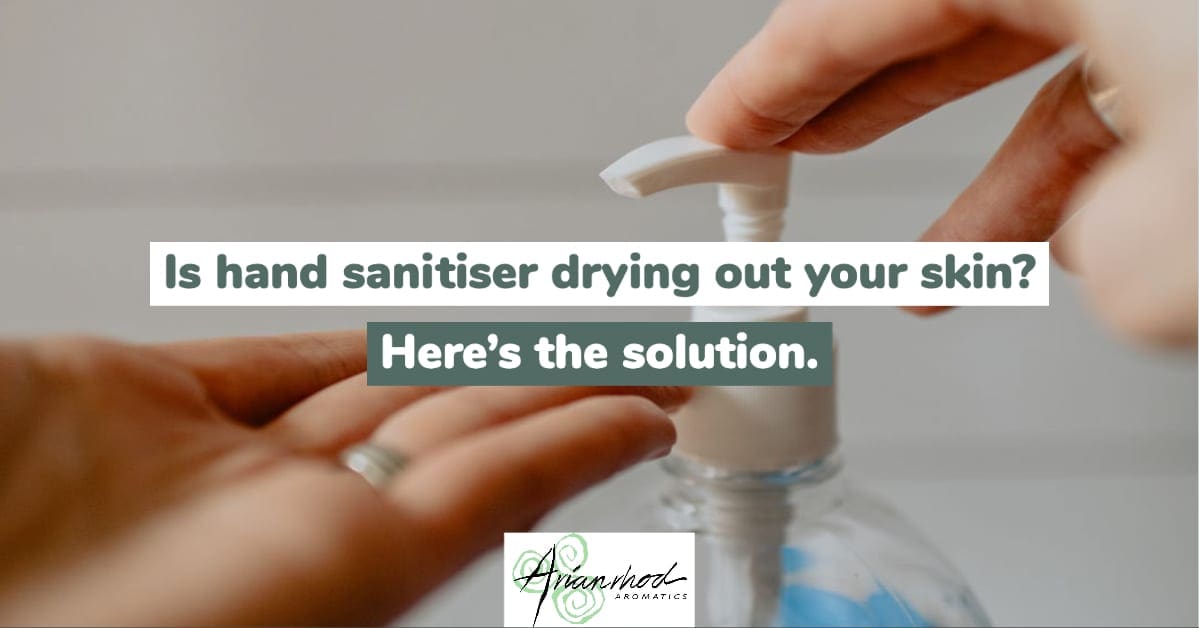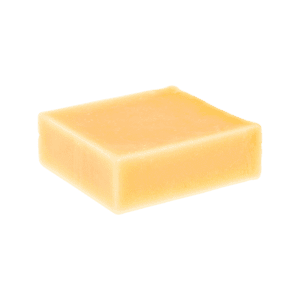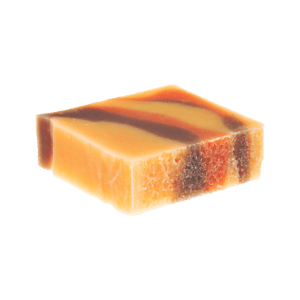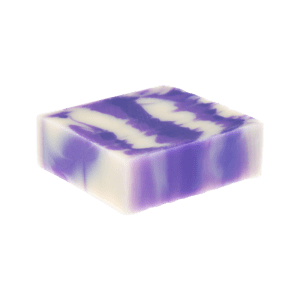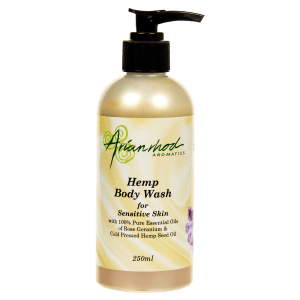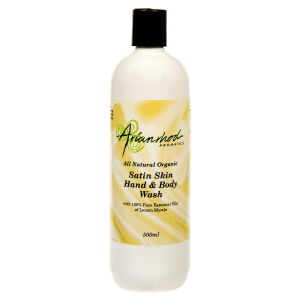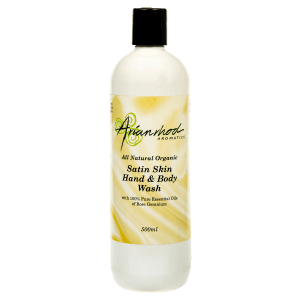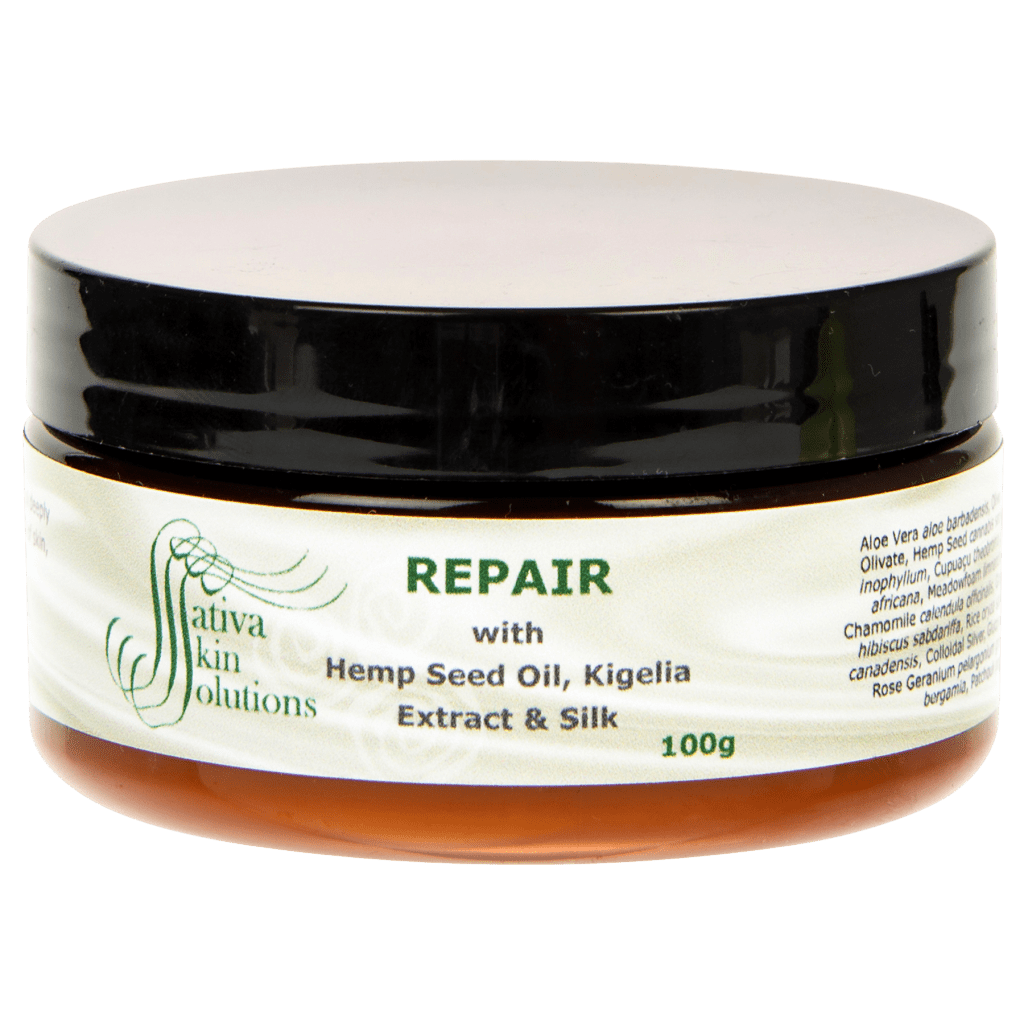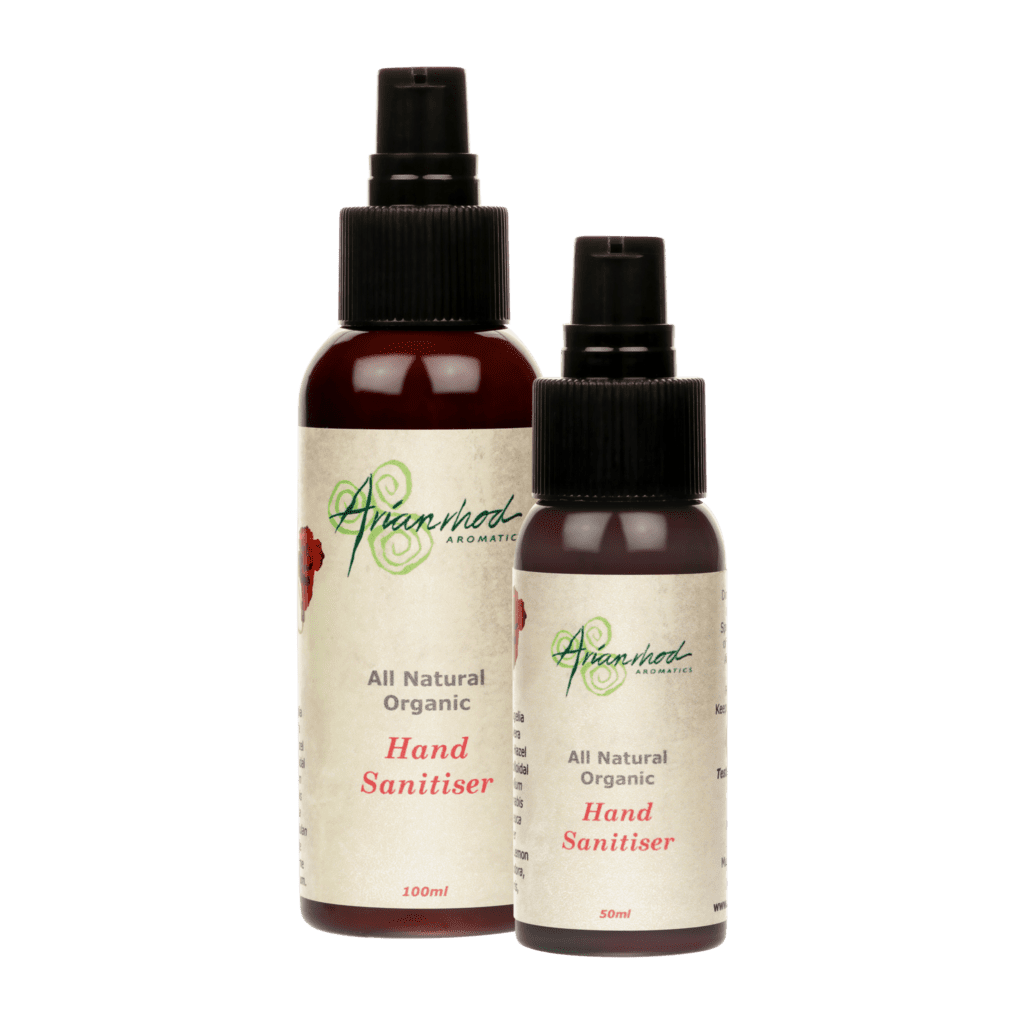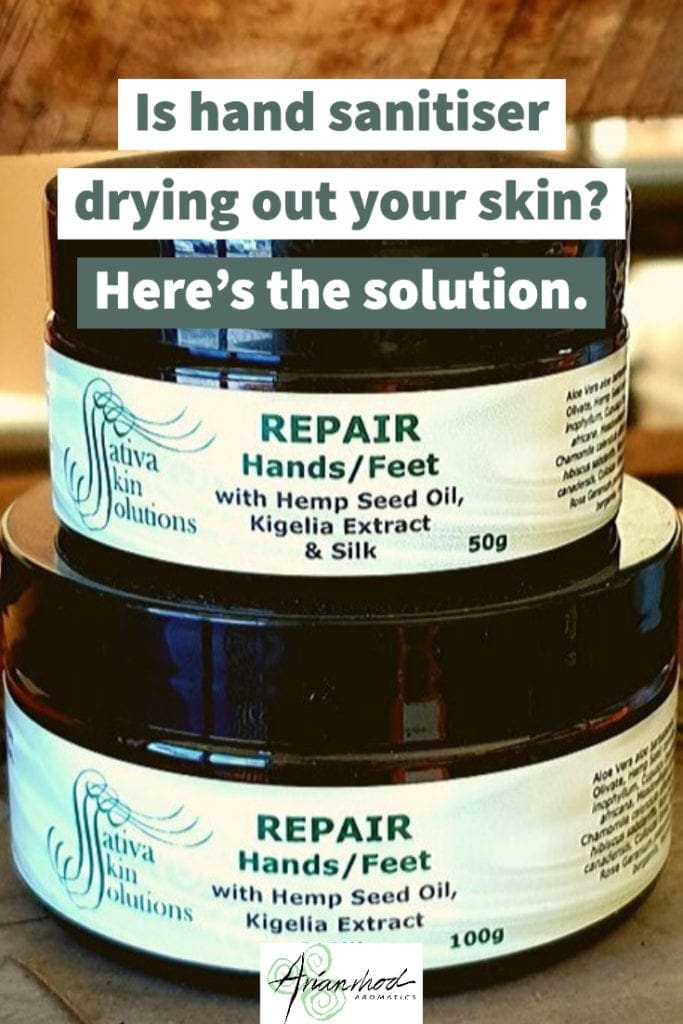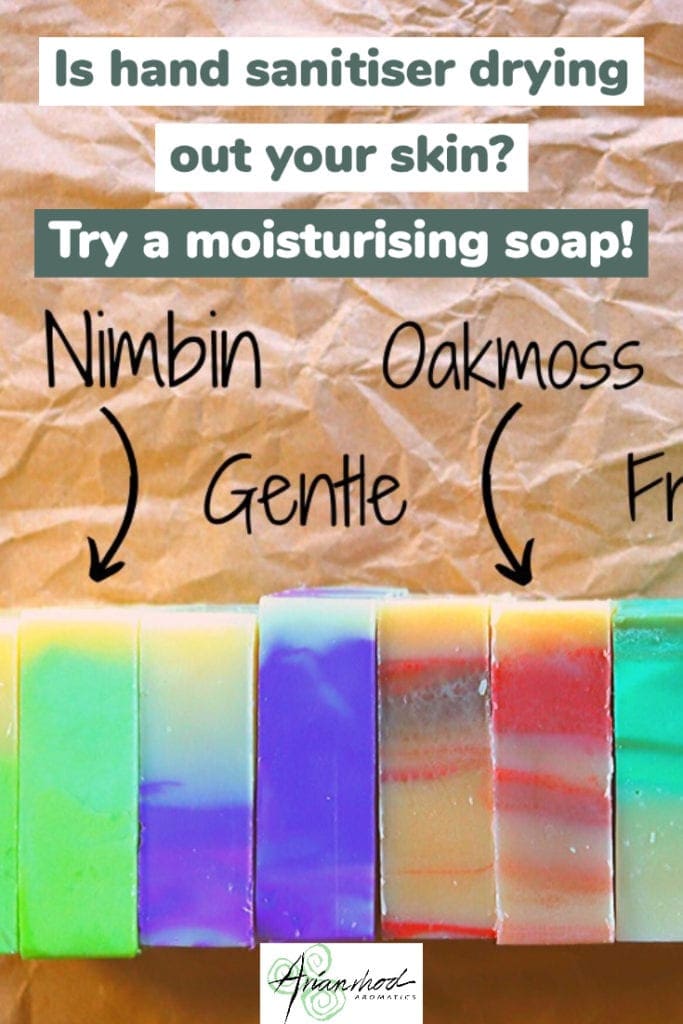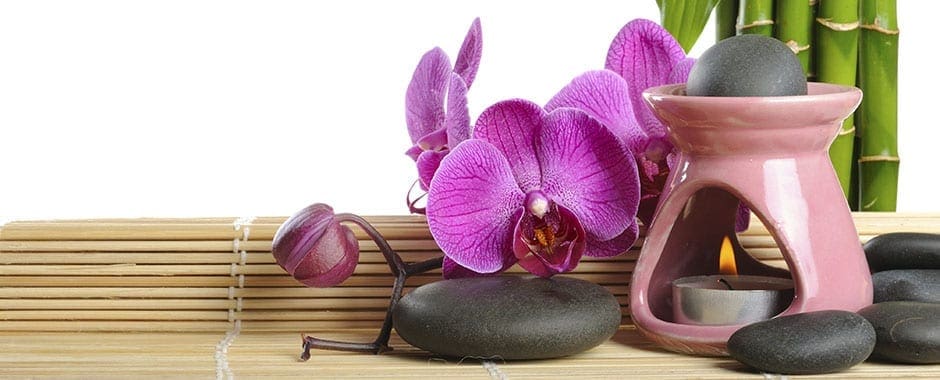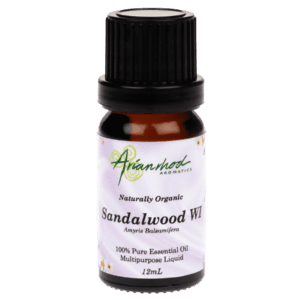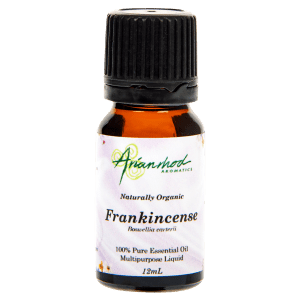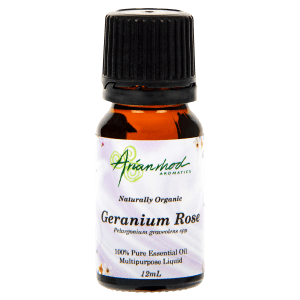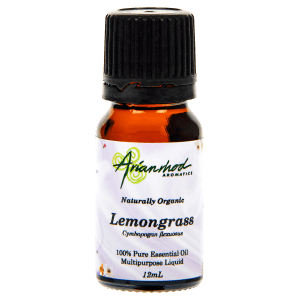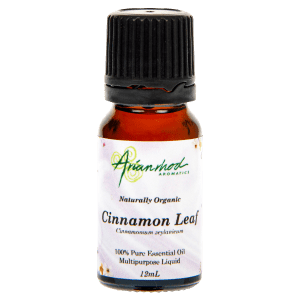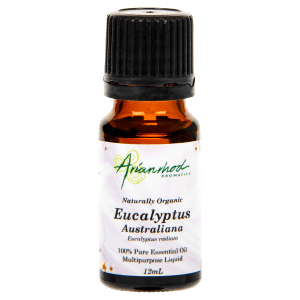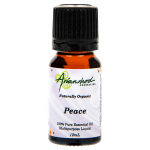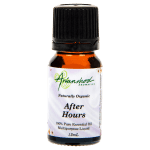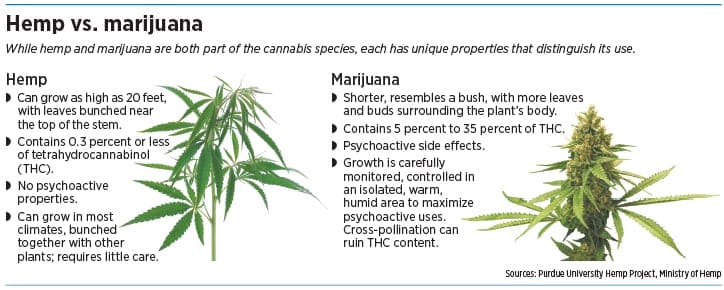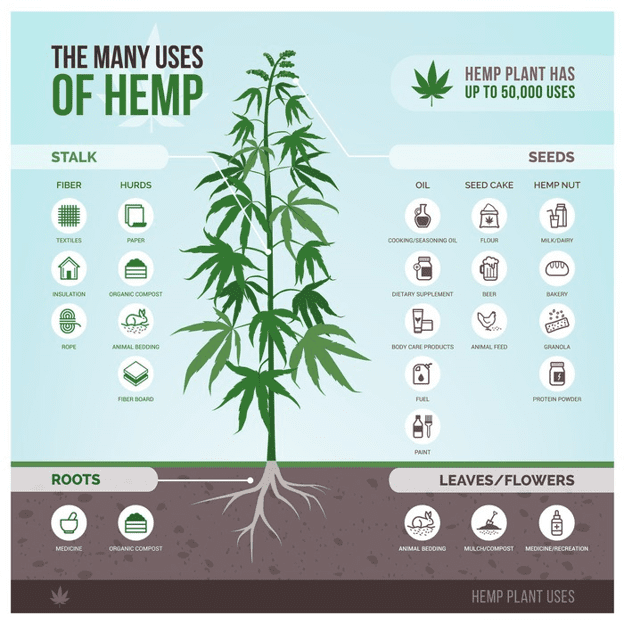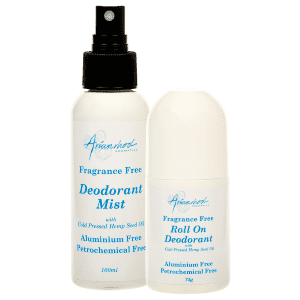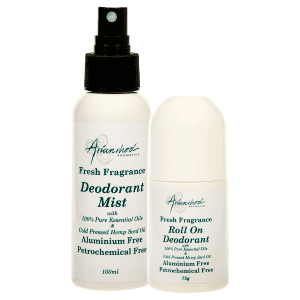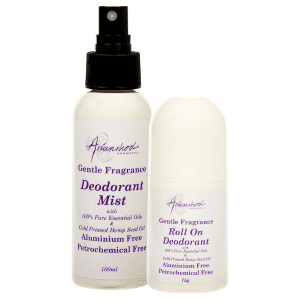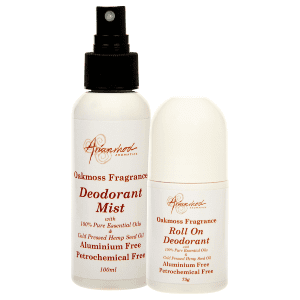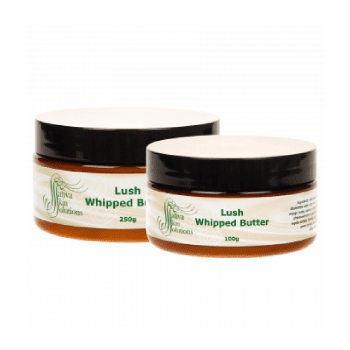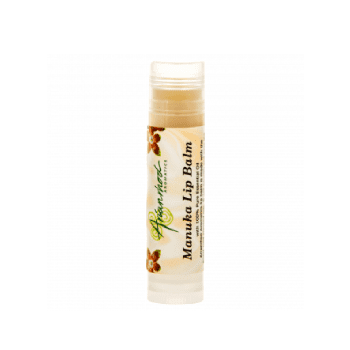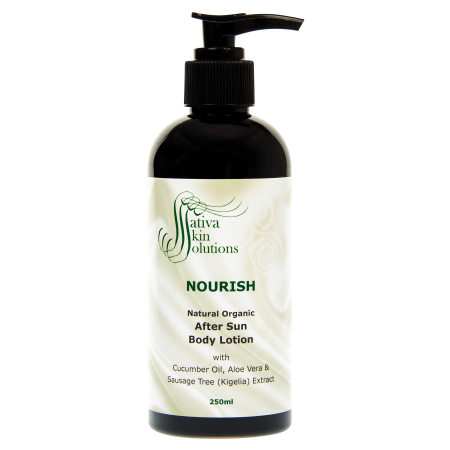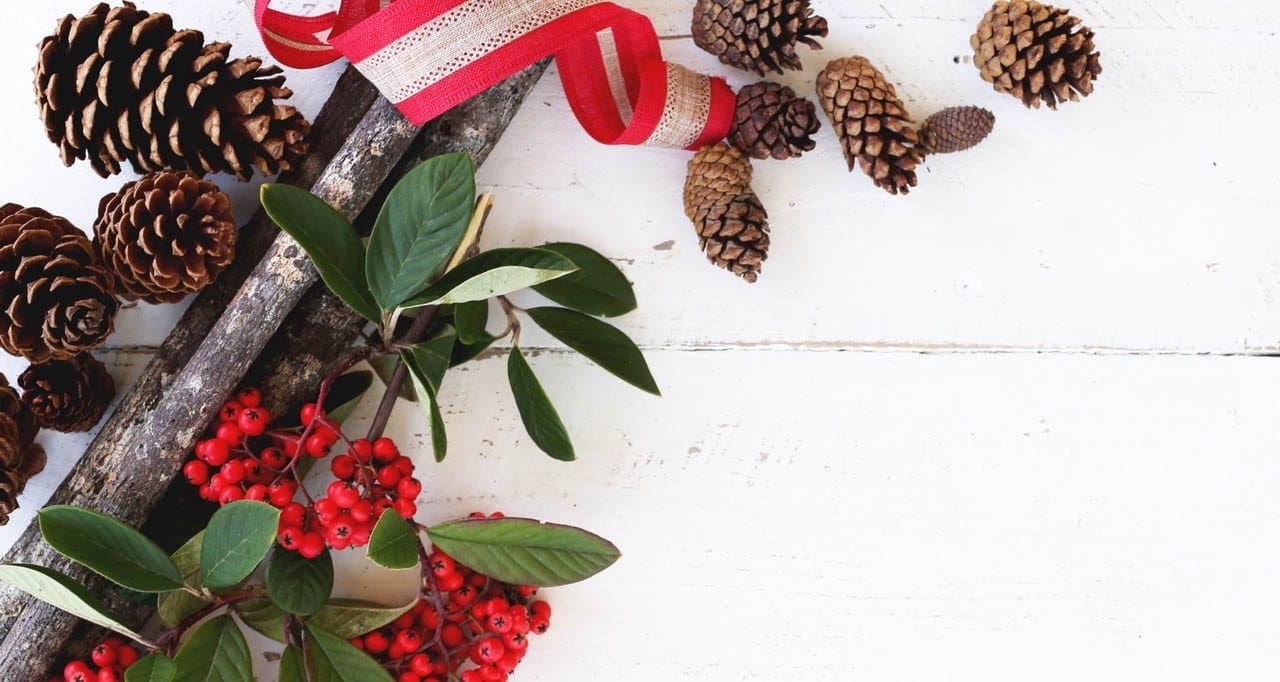How safe are your After-Sun skincare products?
Here in Australia we’ve been having a pretty merry time out at the beach, especially on the weekends. I know I’ve been out most afternoons lately as the days are so long in summer and the weather has been brilliant for it. However, with the sun, comes sun-kissed skin if we aren’t very careful. Of course, we should do our best to protect our skin when we are in the sun, but sometimes sunburn still happens and then to get some relief, we put on an after-sun lotion or gel. My favourite was always an aloe vera gel.
For a long time, I just assumed that aloe vera gels were made from aloe vera, something natural that I am very familiar with and have even grown myself for a while. The thing is, that’s a pretty easy assumption to make. Many after-sun skincare products, designed to soothe sun-burned skin, are marketed as natural and usually make prominent displays of aloe vera which, of course, is natural. So you would expect it should be natural, right? Have a look at the ingredients list next time you see it, either on the shelf at home or out at the shops. Just how natural are after-sun gels and creams really?
I’ve picked three different after-sun products available from major Australian supermarket chains across different categories to have a look at. I checked the gel, lotion, and spray that had the best ingredients from a variety of brands and here is what I found.
Aloe Vera After Sun Lotion
This particular one was the cheapest after sun product I found at the supermarket, however, it also had the fewest questionable ingredients. All other after sun lotions that I checked had a longer ingredient list, chock full of things, including the second-most expensive after-sun product on the shelf which is a lotion that contains a whopping 37 ingredients, more than anything else I looked at by more than double!
Ingredients
Aloe Barbadensis Leaf Juice, Aqua, Polysorbate 20, Carbomer, Phenoxyethanol, Benzyl Alcohol, Alcohol, Diazolidinyl Urea, Sodium Hydroxide, Parfum, Tocopheryl Acetate, Panthenol, CI 19140, CI 42090.
This ingredients list starts out well with Aloe Barbadensis Leaf Juice and Aqua right at the top. These are two natural ingredients that should make up the majority of the product. From there though, it goes downhill. Before I go too far, I should probably note that even natural ingredients can have their downside. If this Aloe Barbadensis Leaf Juice contains non-decolorised whole leaf aloe vera, then it has been linked with cancer. If it is the decolorised version then it is safe. We don’t know from this ingredient list but it’s probably fair to assume it would be the decolorised version making it perfectly safe. Even so, men, maybe don’t drink it if you are planning on having children (if you are ever tempted to take a swig of your after-sun lotion or gel). The Cosmetic Ingredient Review found Aloe Barbadensis to cause sperm damage in rats and mice when ingested.
Polysorbate 20 and Carbomer are not natural, but they aren’t too bad either. That isn’t where it stops though. Phenoxyethanol, used as both a preservative and fragrance ingredient has been linked to contact uritica (hives) and dermatitis. It gets worse as we progress. Another form of alcohol, Benzyl Alcohol carries a hazardous chemical warning as a severe eye irritant and is harmful if swallowed or inhaled.
Next up is an unidentified alcohol followed by Diazolidinyl Urea, a formaldehyde releaser that acts as a preservative. Now, Diazolidinyl Urea is typically used in very small quantities and on its own is not that great, studies have found it to be an allergen and toxic to humans. The bigger concern, though, is what happens the longer that this product is unused. Diazolidinyl Urea slowly releases formaldehyde in a process called off-gassing in order to kill off microbes. You might recognise formaldehyde as a known carcinogen that carries an awful lot of warning labels including: fatal if inhaled, toxic if swallowed, toxic in contact with skin, causes severe skin burn and eye damage, may cause allergic skin reactions, may cause cancer by inhalation, and toxic to aquatic life. Even in small quantities, is that worth the risk? Thanks, but no thanks.
Moving on from that health scare…
Sodium Hydroxide is interesting. It’s considered safe in low quantities, but, the Cosmetic Ingredient Review report released in December 2015 found that Sodium Hydroxide causes eye irritation, skin water loss (that’s kind of bad when you are already burned, right?), and skin irritation. In fact, Sodium Hydroxide was noted in the report to be used as a positive control, in other words, it is used to cause skin irritation in order to test skin creams. So, while safe, could it actually be exacerbating your sunburn, encouraging you to use more of the product?
Parfum is next. Also known as fragrance. Like the unidentified alcohol earlier in the ingredients list, this doesn’t actually break down what the fragrance comes from, which is a worry. The Environmental Working Group gives parfum/fragrance an 8/10 where 10 is the most toxic of ingredients. Why? It’s not fully labelled so that is part of it, but studies have shown that “parfum” causes allergic reactions in adults and children, causes contact dermatitis and exacerbates asthma. Hmmm…
Almost to the end of the list! Tocopheryl Acetate is not rated particularly badly in the Environmental Working Group database and the Cosmetic Ingredient Review found that Tocopheryl Acetate can help prevent contact dermatitis and may have some photoprotective effects. It sounds a little bit like it is added to help overcome the effects of sodium hydroxide and parfum! However, while some photoprotective effects were reported by the Cosmetic Ingredient Review, at least one study has found that Tocopheryl Acetate can “enhance” photocarcinogenesis (or cancer caused by light) in animals. So, this isn’t sounding great and there are still three more ingredients.
Panthenol. Ah, a breath of fresh air, so to speak. Panthenol is both naturally occurring and synthetically made vitamin B5. The ingredients list doesn’t specifically state which one it is, however, natural Panthenol should be labelled as D-Panthenol so it is most likely synthetic. Vitamin B5 serves as a skin conditioner and both the natural and synthetic versions are considered to be quite safe. But, what about those two numbered ingredients at the end of the list?
CI 19140 is a synthetic yellow colour and CI 42090 is a synthetic blue colour, combined to give the lotion a green colour. Both are considered safe in low concentrations, however, they have both been found to contribute to or cause skin allergies even at low dosages with more severe effects in higher concentrations. Yellow is linked to liver effects and hyperactivity in children, and both yellow and blue are connected to neurobehavioural effects and potential neurotoxicity. It’s unlikely that you’ll find such high concentrations in a consumer product, however, the risk is increased when CI 42090 (blue) is used on damaged skin, around the mouth, on the lips, or around the eyes, as these all increase the risk of absorption. Now, if you are using an after-sun cream on sun-burned skin, chances are your skin is damaged. Chances are also pretty high you are using it around your mouth, lips and eyes. I don’t know about you, but I usually just lather it all over my face!
Now, every after-sun lotion, gel or spray that I looked at in the supermarket has an ingredient list like this. Some are even longer. Only one product (the after sun gel below) had a shorter ingredient list, but it was still made up of many of these potentially harmful ingredients.


Aloe Vera After Sun Gel
Aloe Vera after sun gels seem to be the best choice if you are picking something up off a supermarket shelf. This particular product had the best ingredient list of any after sun gels I could find at the supermarket, however, this one lists “Aloe vera gel” as the first ingredient. As aloe vera gel is typically made up of other things, this suggests there might be something to hide.
Ingredients
Aloe Vera Gel, Triethanolamine, Carbomer, DMDM Hydantoin, Diazolidinyl Urea, Tetrasodium EDTA, Tocopheryl Acetate.
Let’s dive into these ingredients. Other gels listed their first three ingredients as “Water, Alcohol, Aloe Barbadensis leaf juice”. None of them identify what the alcohol is, but it is probably safe to assume that since the product here doesn’t show an ingredient breakdown, it could contain something nasty OR the manufacturer wanted aloe vera to appear as though it is the largest ingredient, which does not appear to be the case in any other gel and so is most likely not the case in this one either. To be completely fair, I have come across products claiming to be 100% natural, organic, alcohol-free that list aloe vera gel as a standalone ingredient. So, the skeptic in me says it is questionable (same with the claims of the natural product), but we will give them the benefit of the doubt here.
So, moving onto the ingredients that are identified!
Triethanolamine is an artificial fragrance and an emulsifier. It is also used as a masking agent (to cover up or counter the effects of another substance. It has a rating of 5/10 on the Environmental Working Group Skin Deep database, in part because there are a lot of gaps in the research on this ingredient. Based on the currently available data, it is generally considered safe for use on the skin in low dosage (diluted to 5% of it’s normal strength), there is, however, some evidence that it can cause skin irritation, particularly with repeated use or dosages where the dilution ratio sees it at higher than 5%. In this kind of product it should be less than 5% anyway, but also being the second ingredient raises my eyebrows.
Carbomer is a synthetic ingredient we spoke about earlier, but what is DMDM Hydantoin? It’s a formaldehyde releaser. We’ve already talked about what this is and why you really don’t want to be using a product that produces formaldehyde, so I won’t go into it now, however, it is, in and of itself somewhat less of an allergen then the formaldehyde releaser in the after sun lotion we looked at first. Except…the very next ingredient is the same formaldehyde releaser we looked at earlier, Diazolidinyl Urea.
This begs the question, why do we need two formaldehyde releasers? Did we reach the maximum recommended limits for one and it wasn’t enough? Is the manufacturer getting around that by adding a second one? We’ll probably never know, but it is a big cause for concern, especially since the second last ingredient in the list is Tetrasodium EDTA. The Cosmetic Ingredient Review found that Tetrasodium EDTA is cytotoxic and slightly genotoxic, but is safe for use in cosmetics in small amounts…UNLESS there are ingredients in the formulation that are dangerous if absorbed through the skin because Tetrasodium EDTA increases the penetration of other ingredients into your skin. This is good for getting those helpful ingredients into your sunburned skin, however, your damaged skin is already more susceptible to absorption of toxins. Tetrasodium EDTA is magnifying the risk of absorbing the nasties.
Which brings us to the last ingredient, Tocopheryl Acetate, which you may recall as enhancing photocarcinogenesis. At least there are no synthetic colours in this one, right?
You are most likely to find salicylates in products that are marketed as anti-dandruff, anti-acne or exfoliating. This is because salicylates help to lift and remove the outer layer of dead skin. You will also want to look for any fruit extracts and essential oils. The percentage of salicylates in fruit extracts and essential oils is much higher than in the whole food form, so they are more likely to contribute to sensitivity than simply eating the food.
Think of it like fruit juice. It is easy to drink 1 litre of orange juice. It’s a lot harder to eat the number of oranges required to get 1 litre of juice. In having the juice, you are having higher quantities of things like sugar (and salicylates) than you might have had were you to have eaten the whole fruit. Essential oils and fruit extracts are the same.
Continuing with the above metaphor, if you are on a salicylate-free diet, a piece of fruit alone might not trigger a reaction, but a small amount of juice could since it is more concentrated. Essential oils and fruit extracts are concentrated even further.
Aloe Vera After Sun Spray
Ingredients
Water, Butylene Glycol, Aloe Barbadensis leaf juice, Phenoxyethanol, Triethanolamine, Lauryl Glycol Ether PPG-1-PEG-9, PEG-7 Glyceryl Cocoate, Polysorbate 80, Glycereth 7, Fragrance, Propylparaben, Methylparaben, Sodium PCA, Musa Sapientum Banana Leaf Extract, Vanilla Planifolia Fruit Extract
This ingredient list isn’t looking promising. At least I can see some fruit extracts in here.
First up is Water followed by Butylene Glycol. This is an alcohol derived from petroleum that is used as a fragrance and skin conditioner. Refreshingly, it is considered safe. We are already familiar with Aloe Barbadensis leaf juice, so let’s look at Phenoxyethanol.
Phenoxyethanol is considered safe for external use, but should not be used around the lips or eyes and the European Chemicals Agency warns it is harmful if swallowed and causes serious eye irritation. So maybe keep this spray away from your sun burned face!
Triethanolamine we’ve covered already and it’s not great. What about Lauryl Glycol Ether PPG-1-PEG-9? The National Library of Medicine warns that Lauryl Glycol Ether is a skin and eye irritant that is toxic to aquatic life. Hmm.
PEG-7 Glyceryl Cocoate? A synthetic polymer that enhances skin absorption. On it’s own, this ingredient has generally been found to be safe, as has Polysorbate 80, a denaturant, surfactant and fragrance.
Glycereth 7 is a synthetic skin conditioner that is considered safe as well, but then we have that unidentified “Fragrance” which is typically made from lots of things that aren’t good,
Then we head into parabens. Parabens are artificial preservatives that bioaccumulate in the human body and other animals over time and have been linked to decreased fertility, preterm birth, decreased birth weight, endocrine disruption, cancer (including breast cancer), skin irritation, coral death and more. This spray contains two parabens, Propylparaben (one of the worst offenders in the paraben family) and Methylparaben.
Sodium PCA is a hair and skin conditioner derived from proline, a naturally occurring amino acid. It is considered a safe ingredient.
Then we have two totally natural ingredients right at the end that are safe. Musa Sapientum Banana Leaf Extract, or plantain leaf extract and Vanilla Planifolia Fruit Extract.
So in some ways, this spray is the best of the supermarket options since it doesn’t have a formaldehyde releaser in it and with the exception of the parabens, most of the other ingredients are not “too” bad, not great, but not terrible. There are a couple of extra natural ingredients in this one, which is nice to see. However, the presence of parabens is a serious red flag and confirms that none of the supermarket after-sun options are truly safe for use. Remember, the three that I’ve looked at were the three BEST after sun products I could find on the supermarket shelves in each category.
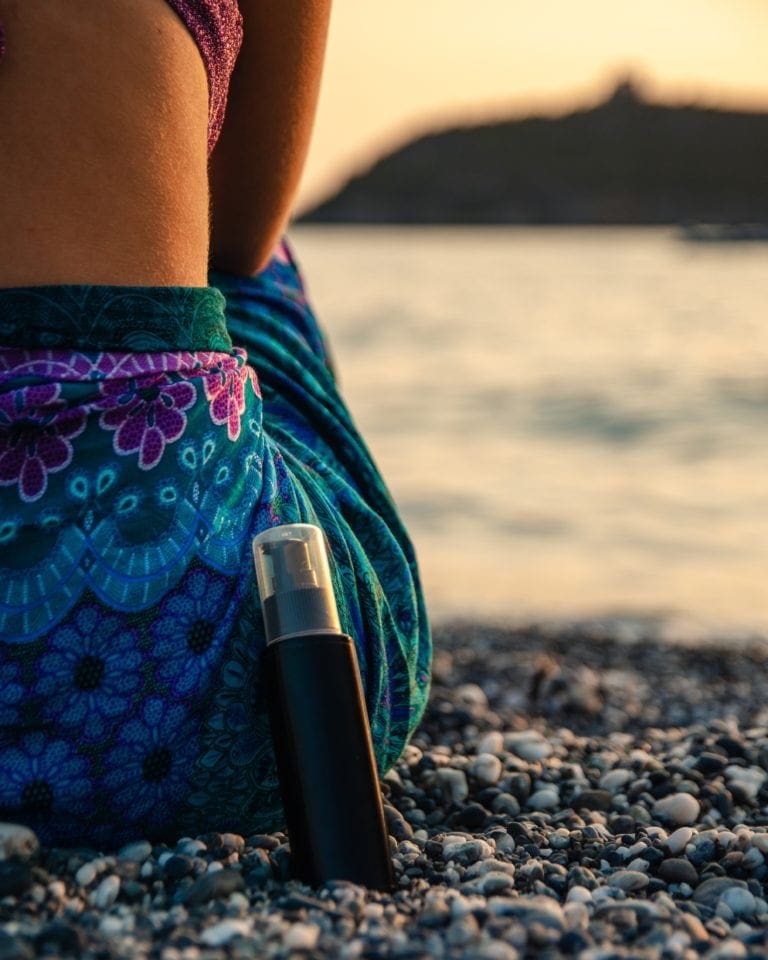
What should you be looking for in an after sun lotion, cream or gel?
Your skin is a living breathing organ and is very sensitive to its surroundings so you want to be looking for natural ingredients, or at the very least, for a product that does not contain chemicals that are known to be harmful to the human body. In after sun products, the biggest ones to avoid are formaldehyde releasers and parabens, but as we saw from these ingredient lists, there are other things going into these products that are not good for your skin, extremely irritating to the eyes, and are also dangerous to aquatic life.
While after sun gel is not sunscreen and we are less likely to put it on directly before swimming, I’m sure I’m not the only one that has in the past put on some aloe vera lotion to soothe a previous sunburn before later hopping in the water without washing it off first. Parabens have been linked directly to coral bleaching, so why take the risk, both with our own body but also with our precious reefs?
Another thing to look out for is unidentified ingredients such as alcohol, parfum or fragrance. These are usually hiding something nasty.
Instead, look for ingredients that are predominantly plant-derived. These ingredients usually cause no irritation except in the most sensitive of skin, and will usually have no known side effects or toxins to the human body. When in doubt, look up the ingredients in the Environmental Working Group Skin Deep® database and look for ones that are rated 3/10 or lower for safety concerns. This database is one of the most comprehensive and unbiased sources of ingredient information that is easily digestible. For more detail, you can also look up ingredients on the Cosmetic Ingredient Review database that goes into in depth analysis of the scientific data available and provides research reports on cosmetic ingredients.
We recommend our Sativa Nourish After Sun Body Lotion as a low-irritant, safe, natural alternative to supermarket after sun products that are full of nasties. Let’s have a look at the ingredients for comparison.
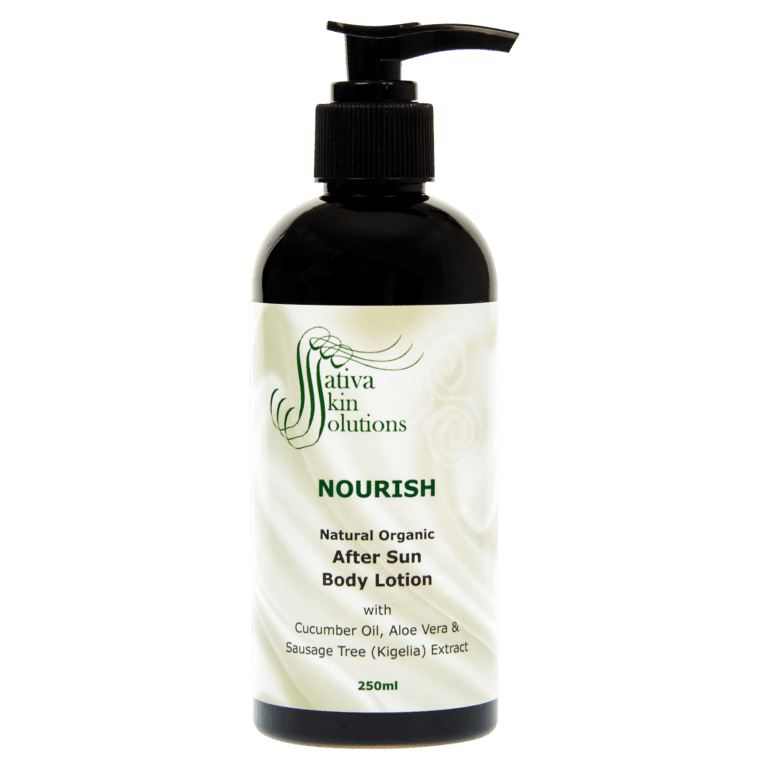
Sativa Nourish After Sun Body Lotion
Sativa Nourish is based around the soothing properties of aloe vera and cucumber blended with natural ingredients that protect the skin from further moisture loss and help to break down the build up of melanin to help counteract the damage done by the sun’s rays.
Ingredients
Aloe Vera (Aloe Barbadensis), Hemp (Cannabis Sativa) Seed Oil, Cupuaçu (Theobroma Grandiflorum) Butter, Meadowfoam (Limnanthes Alba) Oil, Cucumber (Cucumis Sativus) Oil, Cetearyl Olivate & Sorbitan Olivate, Grapefruit (Citrus Paradise) Seed Extract, Colloidal Silver, Kigelia (Kigelia Africana) Extract, Hydrolysed Silk, Lavender (Lavendula Angustifolia), Patchouli (Pogostemon Cablin). Here’s what one of our customers has said about Sativa Nourish After Sun Body Lotion:“So cooling and refreshing after a bit much sun – wonderful product. Draws the heat out and calms the redness very quickly.” – Melissa E.
Aloe Vera, we already know is a natural ingredient that is one of the most well-known for sun-burn soothing properties, but that is the only ingredient in Sativa Nourish After Sun Body Lotion that overlaps with the supermarket product range. So, what about the rest?
Hemp (Cannabis Sativa) Seed Oil is extracted from the seeds of the Cannabis Sativa plant and works on the skin as a conditioner. Our hemp seed oil comes from only Australian-grown hemp plants.
Cupuaçu (Theobroma Grandiflorum) Butter comes from the cupuaçu tree and is related to the cacao tree. This butter is completely safe for human consumption and is great for sensitive skin as it is full of fatty acids like omega 9 oleic acid that helps condition the skin and hair, and laboratory tests have shown that it does not cause dermal irritation. EWG gives it the lowest risk score of 1/0.
Meadowfoam (Limnanthes Alba) Oil comes from the seeds of the meadowfoam plant and acts as a skin-conditioner containing many fatty acids that help to lock moisture into the skin. Studies have found that Meadowfoam Oil is non-irritating and very safe to use on your skin. EWG gives it the lowest risk score of 1/10.
Cucumber (Cucumis Sativus) Oil comes from the seeds of cool, refreshing cucumbers and is also a non-irritating skin-conditioner. Cucumber Oil has a fresh scent, light consistency and absorbs into the skin easily delivering the phytosterols, also known as plant sterols, it is carrying in large quantities. Plant sterols are perhaps most well known for their cholesterol-reducing properties when ingested, however, phytosterols also have the ability to stimulate skin cell regeneration, which is exactly what you want when you have sunburned skin. Phytosterols help the skin to strengthen its lipid barrier, restore moisture balance, improve skin elasticity and smooth the surface of the skin. Mighty for your skin is the lowly cucumber. EWG gives Cucumber Oil the lowest risk score of 1/10.
On a side-note, while studies have not been conducted directly on cucumber oil and absorption through the skin, when ingested, phytosterols have been found to induce cell-death in cancer cells and attenuate (or lessen) their spread, including melanoma. So applying a phytosterol-rich cream to sunburned skin just might not be a bad idea.
Cetearyl Olivate & Sorbitan Olivate is a natural PEG-free olive oil-based blend that serves as an emulsifier. Being derived from olive oil, it also has a high moisturising effect, is hypoallergenic, reduces skin-water loss and bio-mimics the skin making it the ideal emulsifier for use in a product aimed at soothing sunburned skin. Cetearyl Olivate & Sorbitan Olivate both score 1/10 on the EWG database.
Grapefruit (Citrus Paradise) Seed Extract comes from that big, tart, red-fleshed citrus, the grapefruit. Now, grapefruit seed extract is one that we do need to be a little more careful with. While it is 100% natural, it can cause irritation to skin, eyes and lungs if it isn’t correctly prepared. However, grapefruit seed extract serves as a natural anti-microbial, antibiotic, disinfectant, antiseptic, antibacterial ingredient that also has some antioxidant properties. It serves as a natural preservative that also helps to kill off any bacteria trying to force its way through your sun-damaged skin. Rich in both Vitamin C and Vitamin A, grapefruit seed extract provides extra nourishment and protection for your skin. EWG gives it a 1-4/10 risk rating depending on how it is formulated – ours is prepared to be non-sensitising and non-irritating as defined by the Cosmetic Ingredient Review.
Colloidal Silver is microscopic particles of naturally occurring silver suspended in liquid. It acts as an anti-bacterial, anti-viral and anti-fungal that disables the oxygen-metabolism enzumer in single-celled pathogens. Colloidal silver gets a 4-5/10 risk rating by EWG as the microscopic particles can easily absorb into the skin and there is not a lot of research around possible bioaccumulation. Some governments (eg Canada) have speculated that it may be bioaccumulative, others from the same government have indicated that it isn’t believed to be.
Kigelia (Kigelia Africana) Extract is one of natures wonder ingredients. More well-known as the sausage tree, it has long been used in traditional African medicines with recent scientific studies suggesting that Kigelia has impressive healing and conditioning effects on the skin with no known side-effects. This fruit extract has been scientifically proven to be anti-fungal, anti-bacterial, analgesic, anti-inflammatory and even anti-cancer with researchers from Northern Ireland finding that it is able to halt the spread of human melanoma cells. These properties are all key to helping your sunburned skin recover. EGW gives Kigelia Extract a 1/10 risk rating, the safest rating.
Hydrolysed Silk is derived silk produced by none other than the silk worm. When applied to the skin, silk gives it a soft, velvet feel and helps your skin to retain moisture. EWG gives it a 1/0 risk rating.
Lavender (Lavendula Angustifolia) is probably best known for its purple flowers and recognisable, strong fragrance, but it also serves as an anti-bacterial and anti-inflammatory that is able to penetrate your pores. This anti-inflammatory property helps to reduce redness and soreness from sunburn. Lavender has been rated 2/10 on the EWG risk scale as it can cause irritation in the most sensitive skin and some studies have found it to promote the production of estrogen in children after repeated exposure.
Patchouli (Pogostemon Cablin) is an aromatic shrub that has a very strong scent, and that’s a big part of the role it plays in our Sativa Nourish After Sun Lotion, but it does have a second purpose. There is very little scientific study into the benefits of patchouli, but traditional uses suggest it could be a tissue regenerator that promotes the regrowth of skin cells. While this hasn’t been confirmed, this luxurious fragrance has a 1/10 risk rating according to EWG, so it’s one of the best choices for fragrance on sunburned skin.
When it comes down to safety and effectiveness, there is nothing better than natural ingredients!
Summing it all up
At Arianrhod Aromatics, we select ingredients for our after-sun body lotion (and all our products) that are not synthetic (made in a laboratory), and that have the lowest risk possible to both you, your family, and the environment. We aim to process each ingredient, by hand, as minimally as possible to help keep the ingredients as close as possible to their original form and full of their original goodness. With this in mind, when you read product labels, look for ingredients that have names that you recognise from a natural product. Most of the time, this is a great place to start and an easy rule of thumb to follow. If in doubt, do a search on the Environmental Working Group Skin Deep database for the ingredient to find out more about it.
Lastly, keep in mind that expensive doesn’t equal better. In fact, the most expensive product at the supermarket was the worst, so always read the ingredients. That said, natural products will typically be more expensive than supermarket products that use large amounts of synthetic ingredients. Can you put a price on the health of yourself, your family and the environment? We can’t. That’s why our environment policy is in place. Every ingredient is scrutinised against this policy to ensure that they truly are the best for both you and the environment.
References
- Final Report on the Safety Assessment of Aloe Andongensis Extract, Aloe Andongensis Leaf Juice, Aloe Arborescens Leaf Extract, Aloe Arborescens Leaf Juice, Aloe Arborescens Leaf Protoplasts, Aloe Barbadensis Flower Extract, Aloe Barbadensis Leaf, Aloe Barbadensis Leaf Extract, Aloe Barbadensis Leaf Juice, Aloe Barbadensis Leaf Polysaccharides, Aloe Barbadensis Leaf Water, Aloe Ferox Leaf Extract, Aloe Ferox Leaf Juice, and Aloe Ferox Leaf Juice Extract by the Cosmetic Ingredient Review
- Heidary N, Cohen DE Hypersensitivity reactions to vaccine components. Dermatitis. 2005 Sep;16(3):115-20.
- Safe Work Australia Hazardous Chemical Information System: Benzyl Alcohol.
- De Groot AC 2010. Formaldehyde-releasers in cosmetics: relationship to formaldehyde contact allergy. Contact Dermatitis, 62: 2-17.
- The Dirty Dozen: Formaldehyde-releasing preservatives, David Suzuki Foundation.
- Definition of off-gas, Merriam-Webster.
- Safe Work Australia Hazardous Chemical Information System: Formaldehyde.
- Safety Assessment of Inorganic Hydroxides as Used in Cosmetics by the Cosmetic Ingredient Review.
- Tatyana Hamilton & Gillian C de Gannes. 2011. Allergic contact dermatitis to preservatives and fragrances in cosmetics. Skin therapy letter 16(4), 1-4.
- Anne Birgitte Simonsen, Mette Deleuran, Jeanne Duus Johansen & Mette Sommerlund 2011. Contact allergy and allergic contact dermatitis in children – a review of current data. Contact dermatitis 65(5), 254-65.
- Safety Assessment of Tocopherols and Tocotrienols as Used in Cosmetics from the Cosmetic Ingredient Review Status Report.
- Gensler HL, Aickin M, Peng YM, Xu M 1996. Importance of the form of topical vitamin E for prevention of photocarcinogenesis. Nutr Cancer 26(2): 183-91.
- How Safe Are Color Additives, U.S. Food & Drug Administration.
- Safety Assessment of Triethanolamine and Triethanolamine-Containing Ingredients as Used in Cosmetics
- Final Report on the Safety Assessment of EDTA, Calcium Disodium EDTA, Diammonium EDTA, Dipotassium EDTA, Disodium EDTA, TEA-EDTA, Tetrasodium EDTA, Tripotassium EDTA, Trisodium EDTA, HEDTA, and Trisodium HEDTA
- European Chemicals Agency Infocard on Phenoxyethanol.
- National Library of Medicine on PPG-1-PEG-9 lauryl glycol ether.
- WHAT ARE PARABENS, AND WHY DON’T THEY BELONG IN COSMETICS?
- Bleached, But Not by the Sun: Sunscreen Linked to Coral Damage.
- Safety Assessment of Plant-Derived Fatty Acid Oils.
- A review on dietary phytosterols: Their occurrence, metabolism and health benefits.
- Plant Sterols as Anticancer Nutrients: Evidence for Their Role in Breast Cancer.
- Phytosterols and phytostanols and the hallmarks of cancer in model organisms: A systematic review and meta-analysis.
- Safety Assessment of Citrus Plant-and Seed-Derived Ingredients as Used in Cosmetics.
- Prepubertal gynecomastia linked to lavender and tea tree oils.
- Lavender Products Associated With Premature Thelarche and Prepubertal Gynecomastia: Case Reports and Endocrine-Disrupting Chemical Activities.

